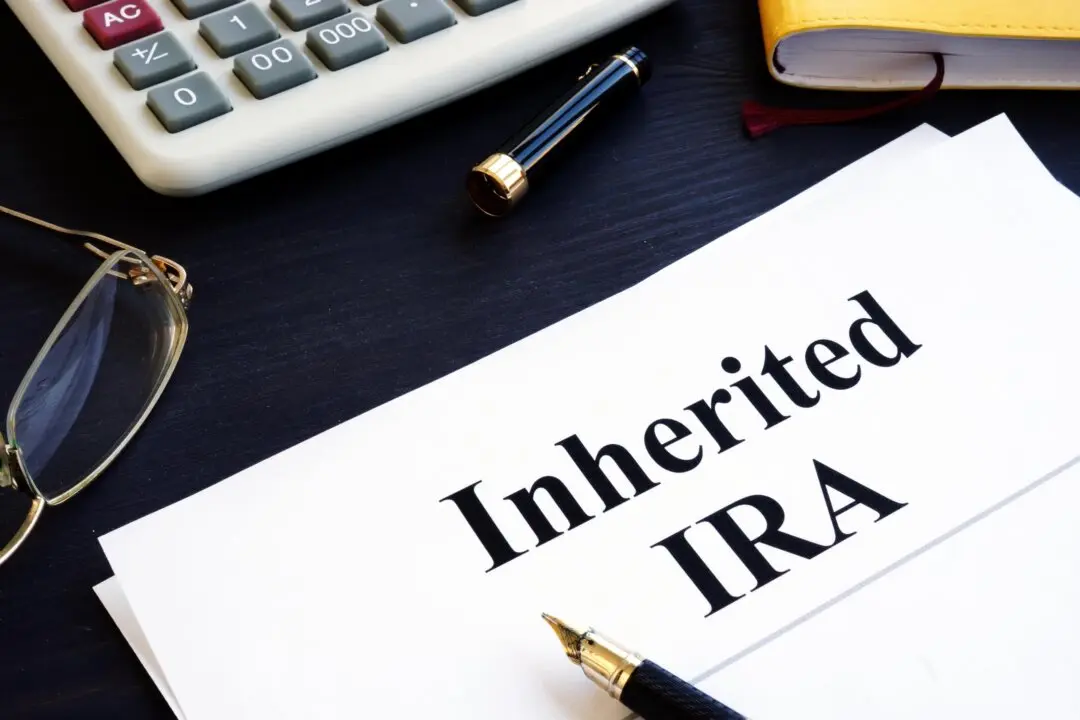The holidays are upon us. And while we’re busy preparing the best dinner and shopping for loved ones, we may forget about one important thing to check off our list: Getting our finances and retirement strategies in order.
But don’t worry. We’ve set aside a personal finance checklist so you can quickly make sure that your finances are on track.






